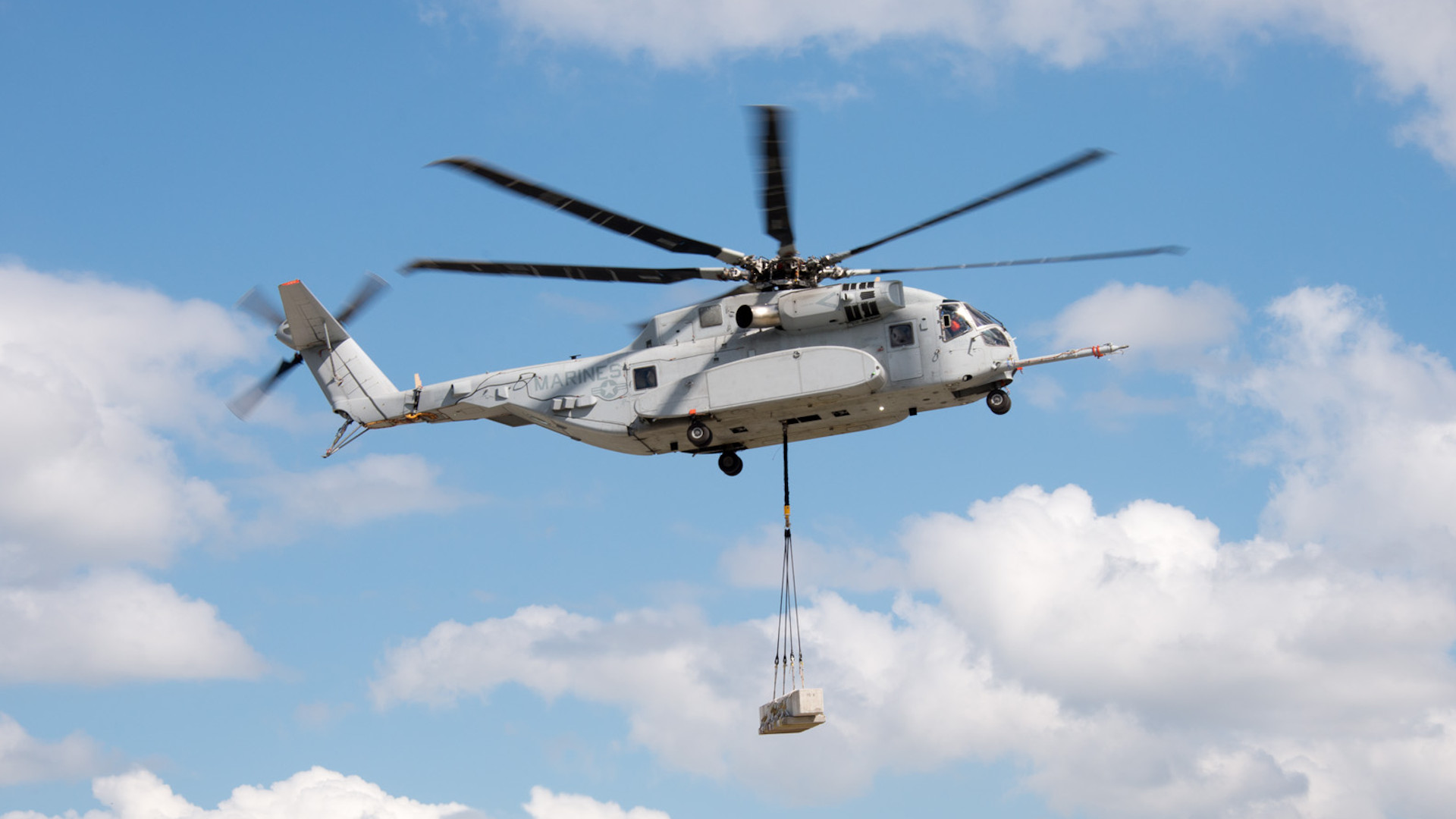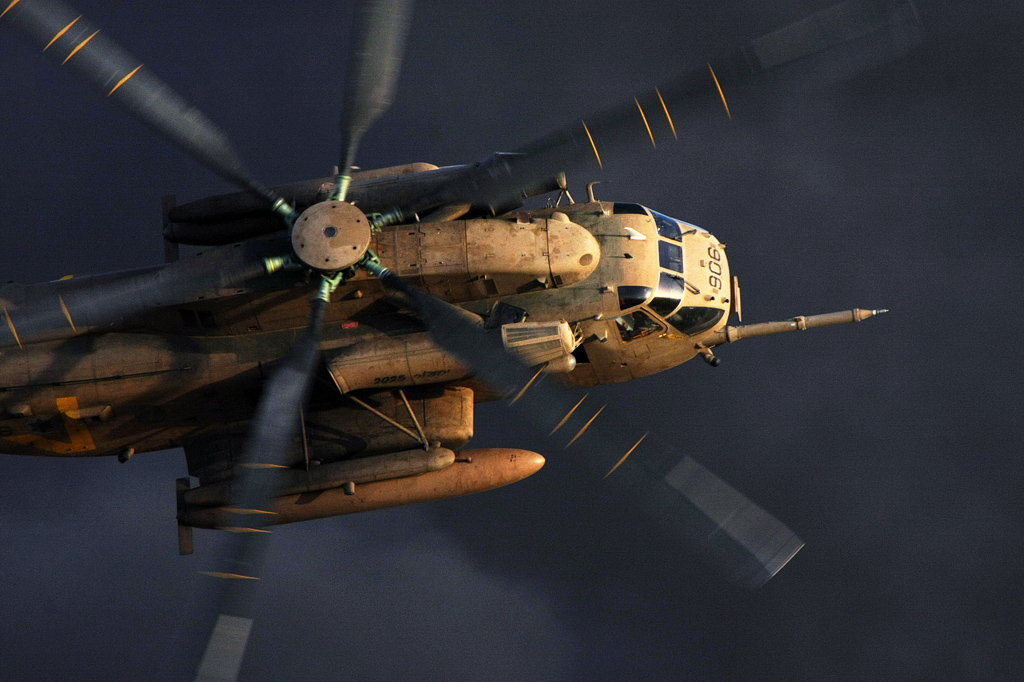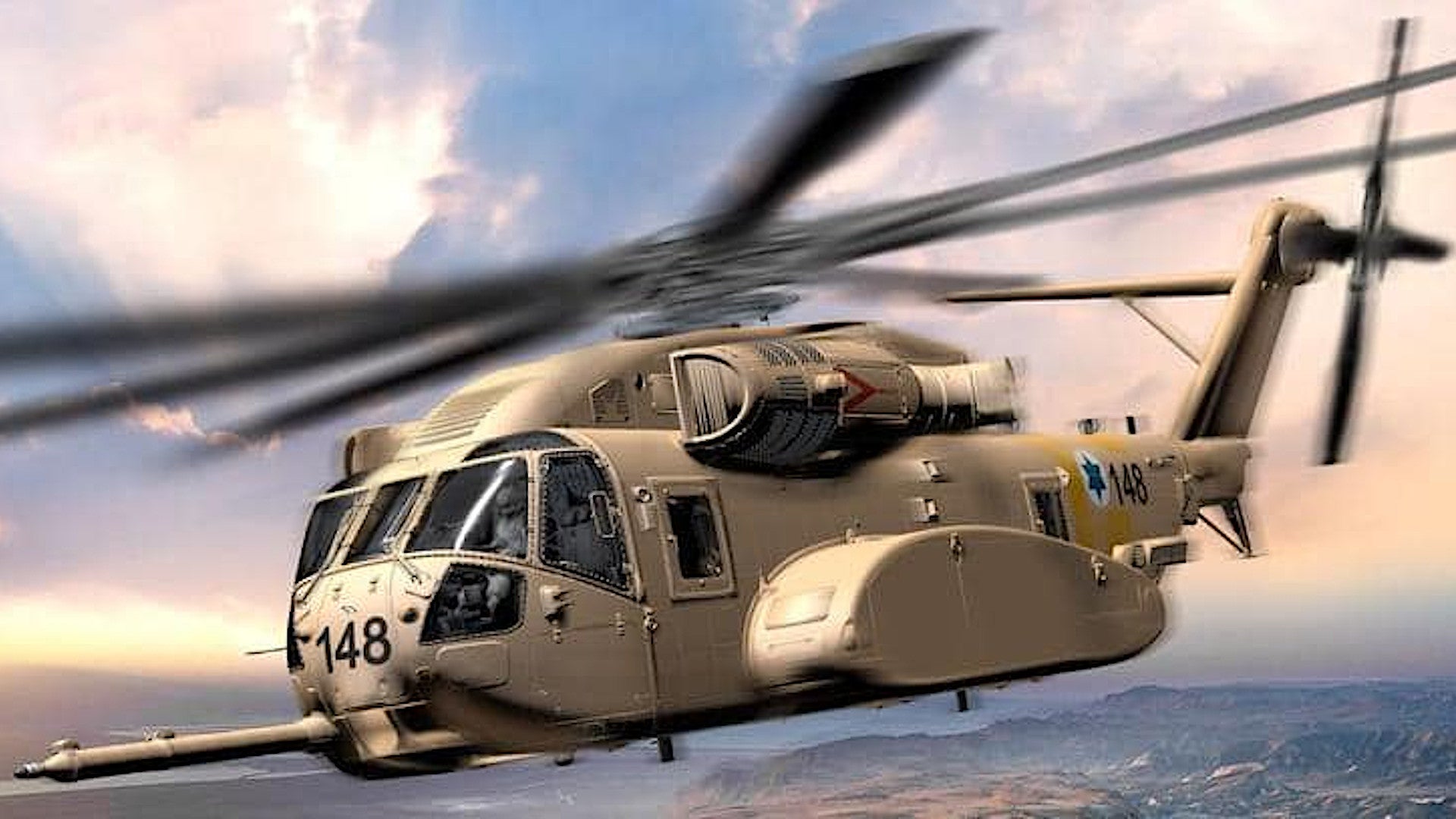Israel has officially chosen the CH-53K King Stallion helicopter from Sikorsky, now a division of Lockheed Martin, as the replacement for its existing CH-53 type, known in that country as Yasur. This makes the Israel Defense Forces, or IDF, the first foreign military to commit to buying the CH-53K, which was developed for the U.S. Marine Corps.
The Israeli Ministry of Defense announced the selection of the CH-53K on Feb. 25, 2021, with the King Stallion beating out a variant of Boeing’s CH-47 Chinook. It is unclear how many new heavily lift helicopters the Israel Air Force (IAF) expects to receive, but previous reports had indicated that it would get between 20 and 25 of whatever design was selected to replace the 23 remaining CH-53 Yasurs. This acquisition is part of a larger IAF modernization effort that also includes planned purchases of new KC-46A Pegasus aerial refueling tankers and additional F-35I Adir stealth fighters.

“It [the CH-53K] is essential to the IDF’s ability to carry out a wide range of operational activities,” Israeli Ministry of Defense Benny Gantz said in a statement regarding the selection. “The new helicopter is adapted to the [IAF’s] operational requirements and to the challenges of the changing battlefield.”
“All details, including the number of helicopters requested, will be brought to the approval of the Ministerial Committee for Procurement as soon as possible,” Israel’s Defense Ministry told Reuters. The decision was also said to have been based on recommendations that the IDF Chief of the General Staff, Lieutenant General Aviv Kohavi, and the Defense Ministry Director General, Major General Amir Eshel, made to Gantz.
Despite delays and difficulties in development, which you can read more about in this past War Zone piece, the CH-53K is now in production for the Marine Corps. The King Stallion has a notably greater load-carrying capacity than the latest variants of the CH-47, though Boeing has been testing a version of the Chinook with the same powerful T408 engines found on the Sikorsky helicopter. Still, the Chinook has two engines while the King Stallion has three.

At the same time, the King Stallion is also significantly more expensive than the Chinook. The Pentagon 2021 Fiscal Year budget request pegged the King Stallion’s unit cost at around $125 million. Though the exact configuration of the Chinook variant that Boeing had offered to Israel is unclear, which was reportedly a hybrid of sorts between the MH-47G flown by the U.S. Army’s elite 160th Special Operations Aviation Regiment and the Canadian military’s CH-147F, the price of a standard new-build CH-47F version is around $42 million.
Lockheed Martin has been touting the fact that the CH-53K can leverage much of the existing infrastructure that the IAF uses to operate and maintain its existing CH-53s as a mitigating factor. The company also says the King Stallion has a similar physical footprint to the Yasurs making it easier to use hangars and other facilities already established for the older helicopters.

“This is a smart aircraft with sensors built-in. Following our commercial helicopter sustainment model, the aircraft can analyze itself,” Dan Schultz, President and CEO of Sikorsky, said last year, referring to the artificial intelligence-driven predictive maintenance capabilities of the King Stallion, which are designed to further help reduce maintenance and logistics costs. “Israel has a stark choice: they can go with an aircraft that competed with the CH-53D already, or they can look into the future with the CH-53K.”
Israel has been flying CH-53 helicopters since 1969, when it received its first two examples, after having selected the type over the CH-47. These were roughly equivalent to the twin-engine CH-53D Sea Stallions and were also known by Sikorsky’s internal company designation S-65C-3. They had a much greater payload capacity than any other helicopter in Israeli service at that time and immediately proved their worth during the War of Attrition with the Palestinians and the country’s Arab neighbors. Yasurs were famously critical to the success of an operation that resulted in the capture of Soviet-made P-12 radar from Egypt, a major intelligence coup.
The helicopters have continued to be an important part of Israeli operations since then and are used to perform various specialized missions, including combat search and rescue, special operations forces support, and electronic warfare. They have also received significant upgrades over the years. In the last 25 years or so the remaining fleet has gone through two major upgrade and life extension efforts, bring the helicopters first to a standard known as Yasur 2000 and then to the latest Yasur 2025 configuration.

“In total, the 2025 upgrade encompasses around 20 new systems, with these also including advanced electronic warfare equipment, satellite communications, an altitude hold and hovering stabilization system, and a laser obstacle ranging and display system,” according to a story from Flight International in 2009. “Sikorsky has also supplied replacement main gearboxes, with the type’s original equipment having been monitored closely for cracks over recent years.”
Unfortunately, the helicopters are becoming more difficult to operate and maintain, something that has become increasingly apparent in recent years. In November 2019, a Yasur made an emergency landing after a fire broke out on board. Everyone on the helicopter escaped unscathed, but the CH-53 was destroyed. The incident led to the grounding of the entire fleet. In January 2020, two weeks after that grounding was lifted, another Yasur had to make an emergency landing due to a technical issue. Three months later, yet another one of the helicopters suffered a technical fault that forced it to land.
The acquisition now of new CH-53Ks will ensure that the Israelis continue to have access to this kind of valuable heavy-lift helicopter capability for decades to come.
Contact the author: joe@thedrive.com
